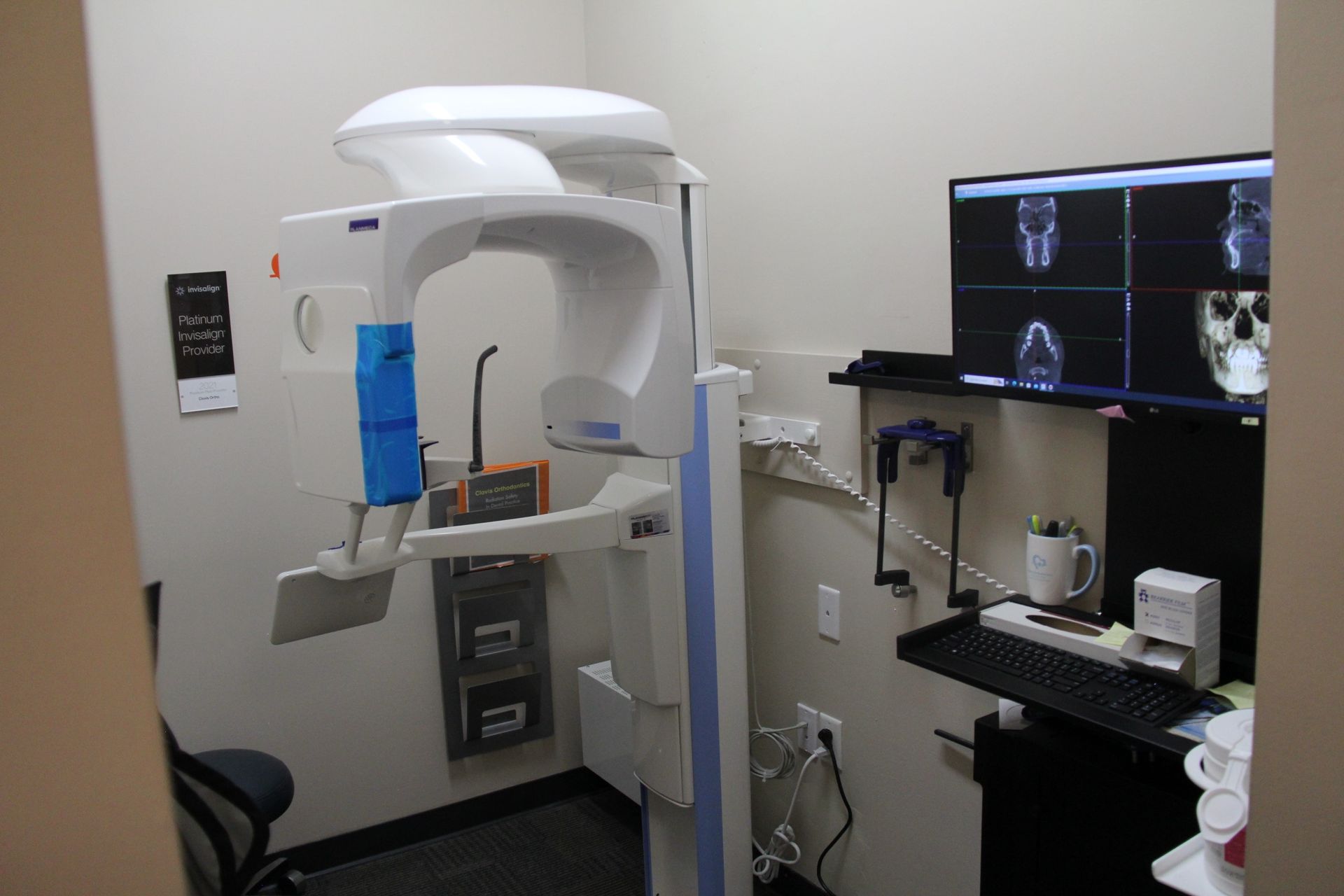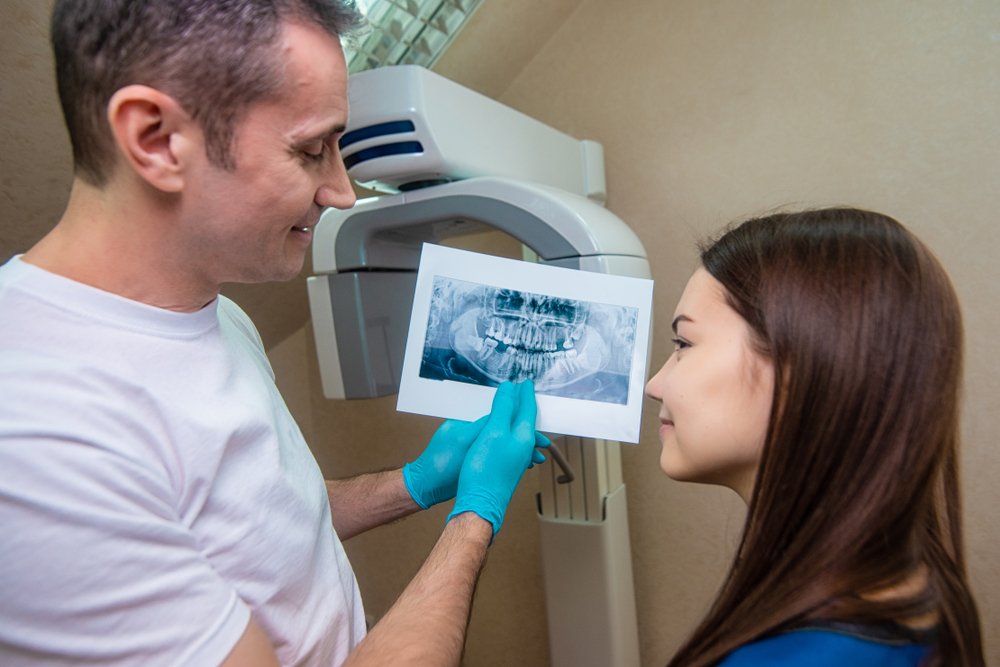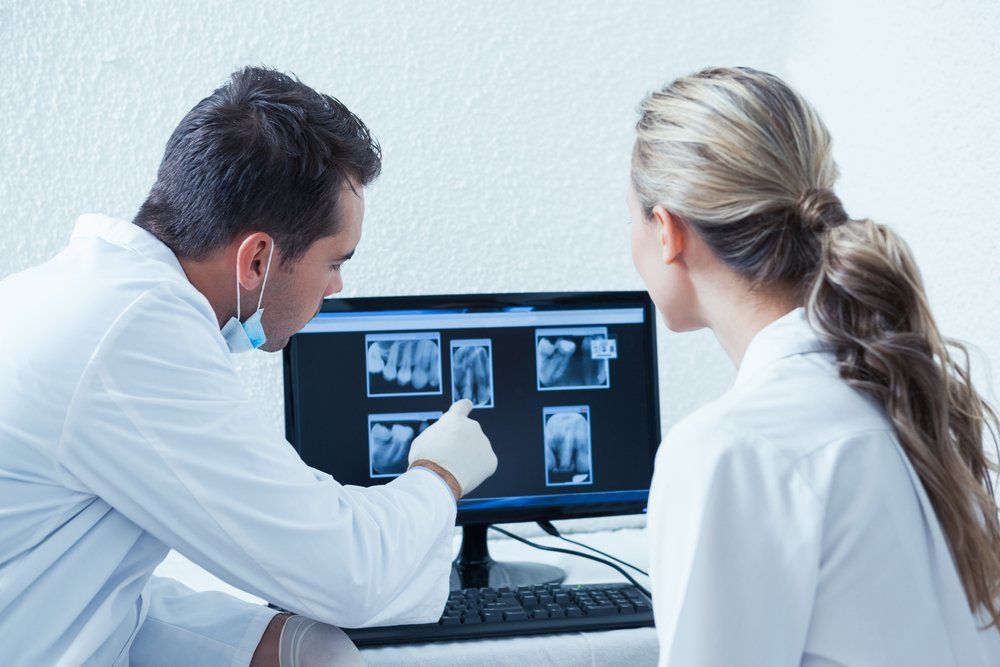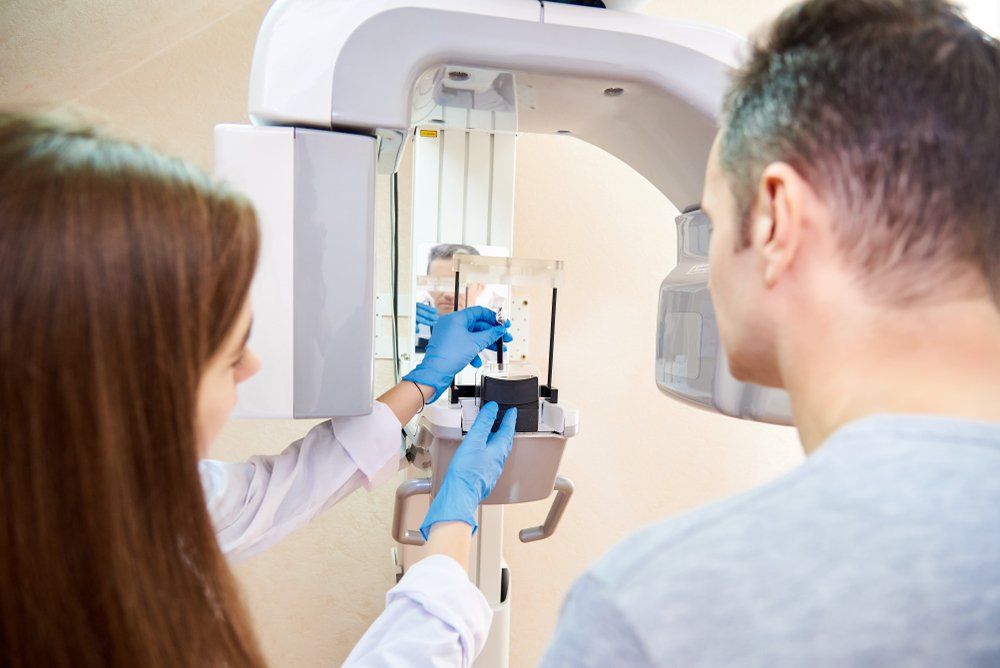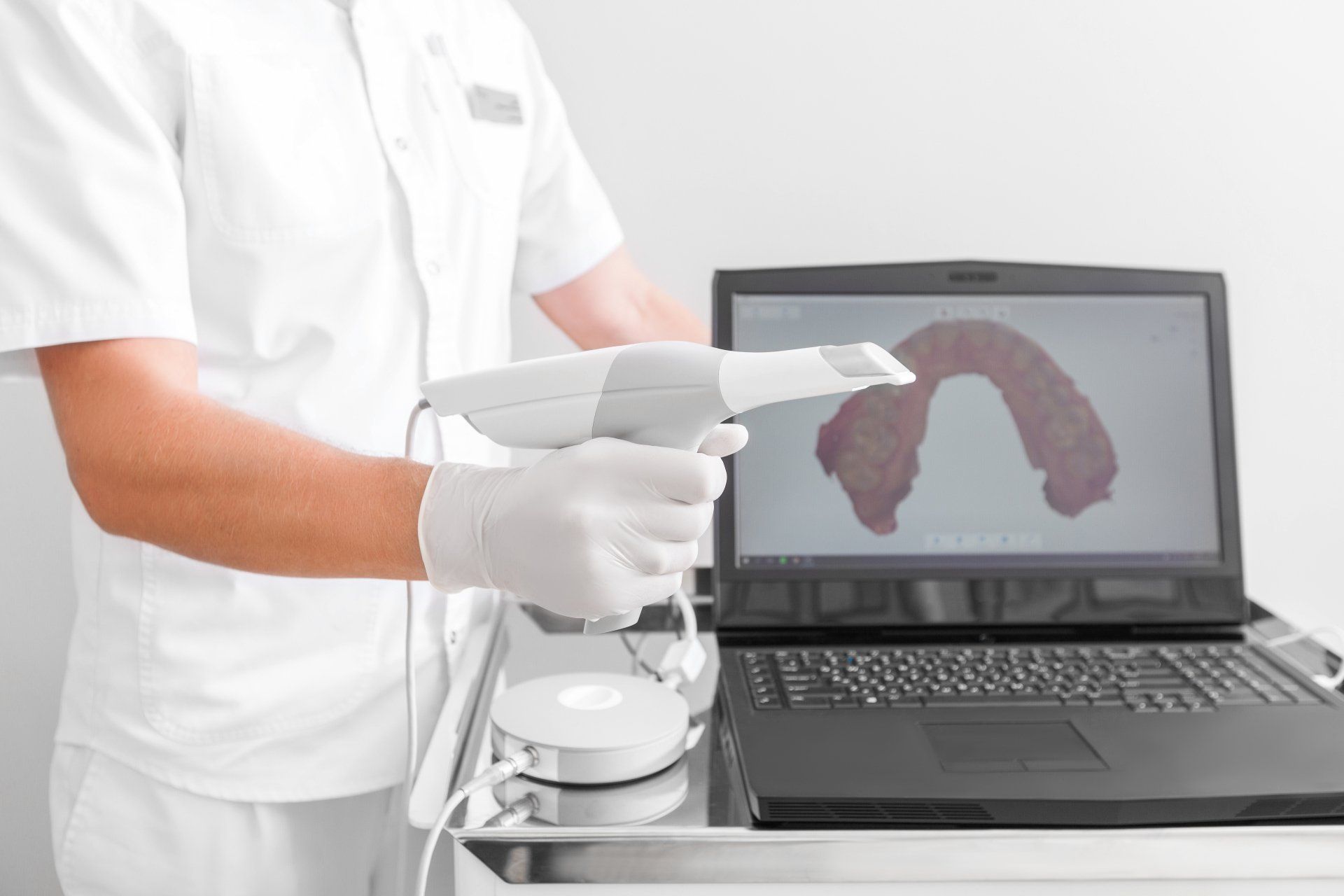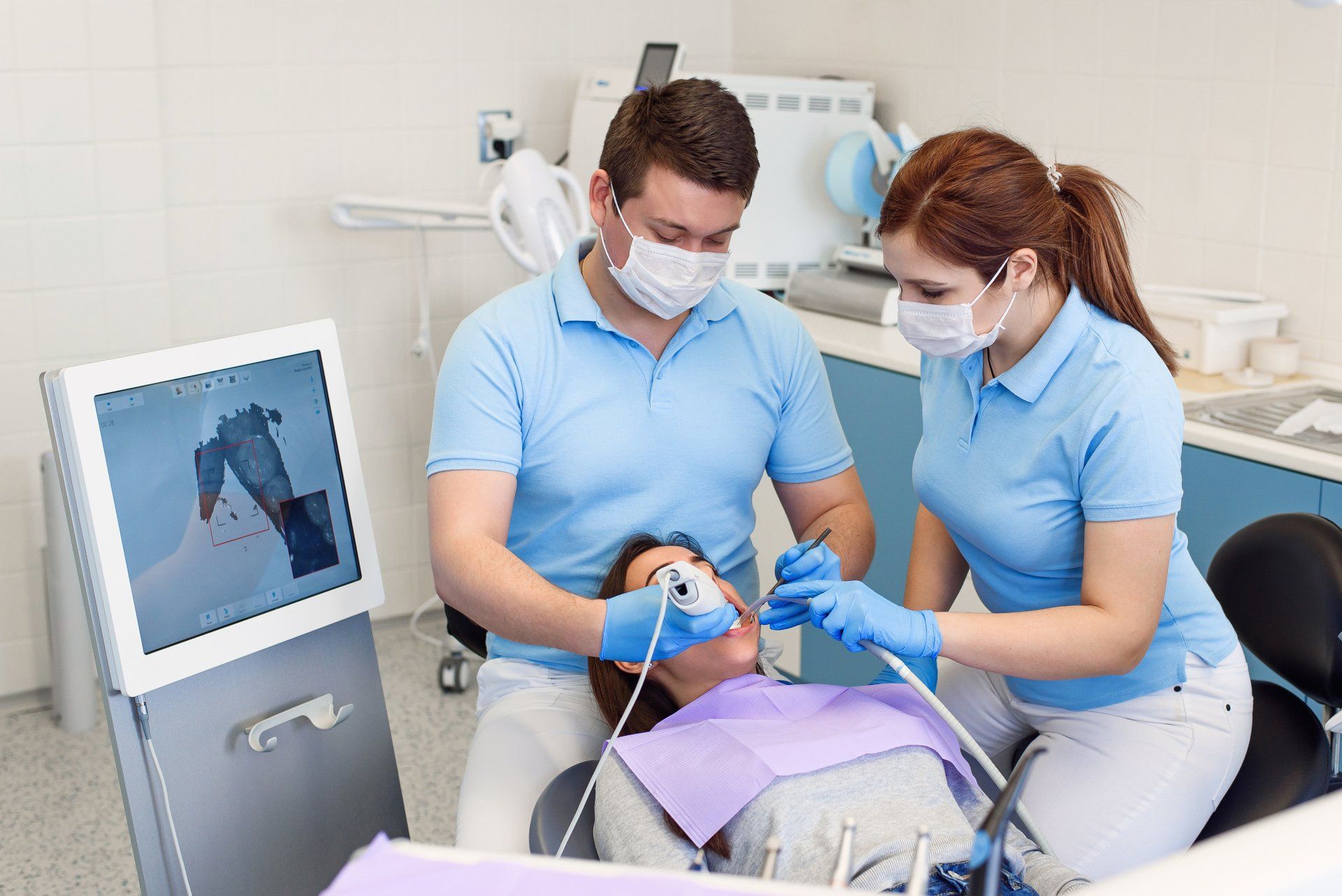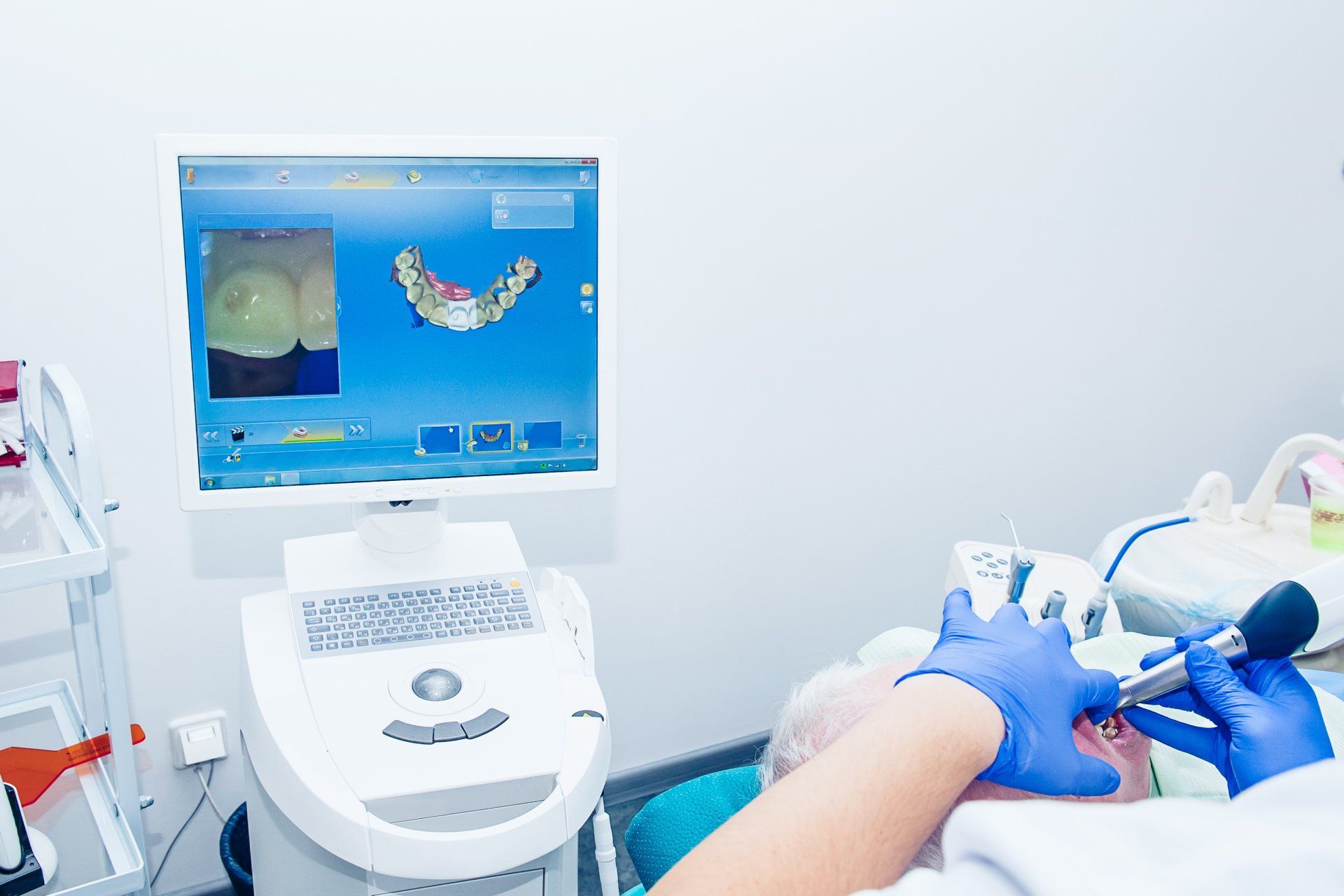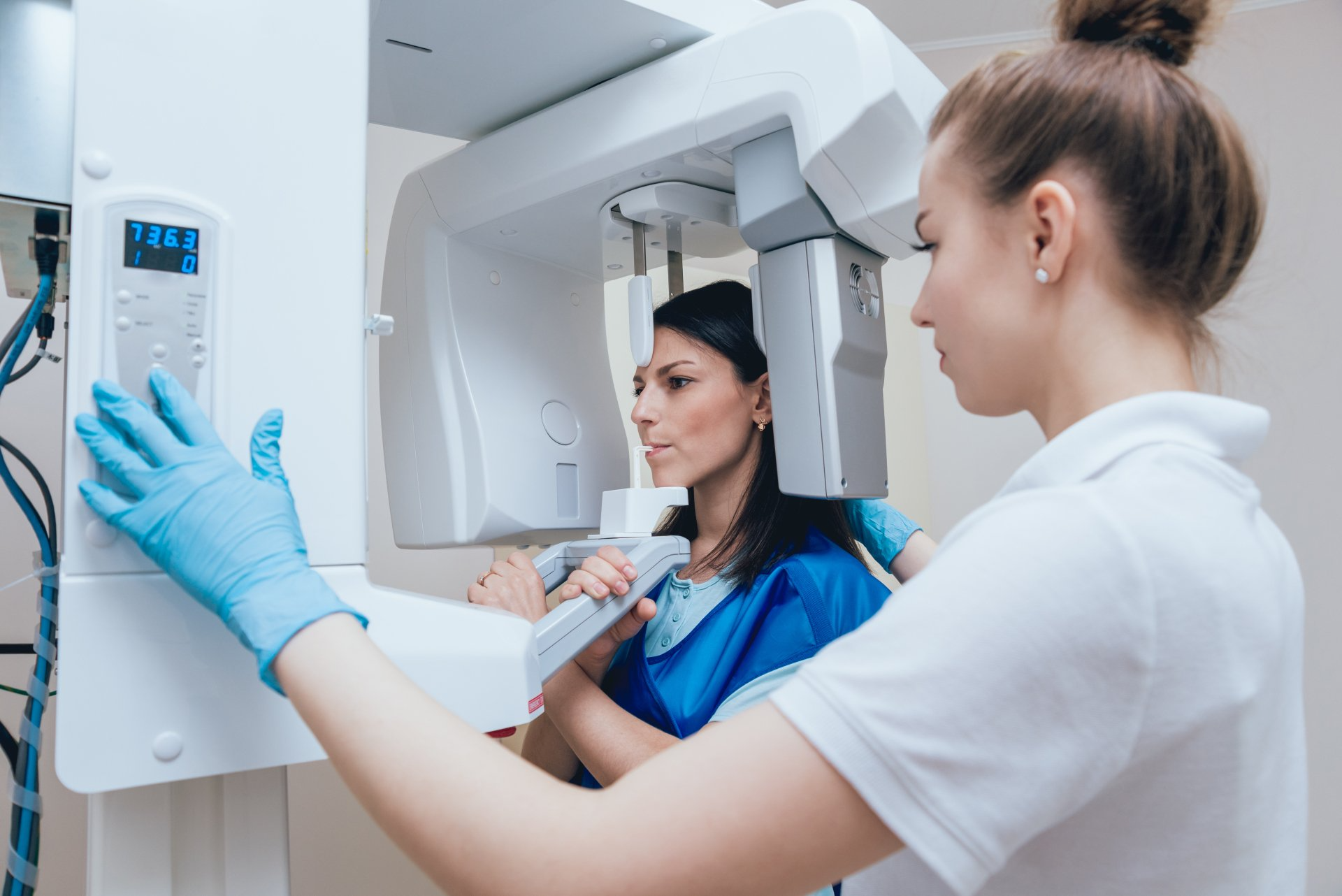Advanced Orthodontic Technology Near You
Orthodontic technology has introduced innovative advancements over the last few years, making appointments quicker and much more thorough. Some of the laborious tasks have been simplified and the process for several of these duties has proven more efficient.
Technology has already altered our everyday lives at home and in the workplace, making it only a matter of time until modern developments changed how patients perceived an orthodontic appointment. Here are the pieces of technology we have in our office.
-
Digital X-Rays
Introduced in 1987, nearly 90 years after traditional x-rays came to fruition, digital radiography combined the power of computer technology with electric sensors and tiny bursts of radiation. Rather than printing the results on film, images form almost as soon as the sensors are placed in our mouths, projecting on a computer screen. Digital x-ray technology does demand additional training for orthodontists, though the majority of practitioners are adamant that the advantages are worth the commitment. Today, a lot of orthodontic offices only offer patients digital x-rays because, in multiple ways, it is the superior option to traditional radiography.
- Less Expensive | Digital x-rays will generally cost you less than the traditional alternative because the cost of film to develop images for the latter adds up. In contrast, digital x-ray imaging projects right onto our computer.
- Better Storage | Since these digital x-ray images are transferred to a computer system, it allows for easier storage of your oral health records. Your data can be transferred from one practice to another without any medical data being lost in the exchange.
- Finer Images | Digital x-ray images produce a better resolution than their traditional counterpart. Also, old-fashioned x-rays can only project images in 25 various shades, whereas a digital image can reveal up to 256 shades of grey. Digital radiography also has the advantage of accessing more angles within our mouths, providing a streamlined view of a patient's entire oral structure. With the assistance of computer programs, orthodontists can even enhance the digital images further, for a focused view.
-
CBCT Machine
Cone beam computed tomography (CBCT) is a special type of x-ray machine that is implemented in scenarios where normal facial x-rays are insufficient. This variation of the CT scanner employs a special type of technology to generate 3D images of oral structures, soft tissues, nerve paths, and bone in the craniofacial area, in one scan. These images allow for more specific treatment planning. The CBCT machine has an x-ray beam, in the shape of a cone, which moves around you to create a large number of high-quality images, or views. It was developed as a means to produce similar images to what a CT provides, though with a significantly smaller and less costly machine that could be situated in an outpatient office. Providing detailed images of the bone, the CBCT machine evaluates diseases of the jaw, dentition, bony structures of the face, sinuses, and nasal cavity. One shortcoming is that it does not provide the comprehensive diagnostic information available with conventional CT, especially in the analyzing of soft tissue structures such as muscles, glands, nerves, and lymph nodes. The CBCT machine can also be used for reconstructive surgery, cephalometric analysis, locating the origin of pathology, surgical planning for impacted teeth, diagnosing temporomandibular joint disorder (TMD), and for the accurate placement of dental implants.
-
Intraoral Camera
About the same size as a marker, intraoral cameras are digital imaging tools used to create high-resolution images of your teeth, gums, and other hard-to-reach places in your mouth. Intraoral cameras help dental professionals detect dental issues, such as tooth decay, periodontal disease, and oral cancer. Other great benefits include:
- You can see, with precision, where you need to focus on brushing or flossing.
- You can see the difference before and after treatment.
- You can see magnified images of your teeth and gums, which helps dental professionals diagnose gum disease and cavities, and if caught early, can help prevent them.
- These photos provide proof for insurance companies to give you the coverage you need.
- Intraoral cameras also limit your time in the office because the images are produced in real-time, and the outcomes are available almost immediately.
-
Digital Scanner (iTero)
In 2007, the dental industry made another advancement with a new piece of technology called the iTero digital scanner. This piece of technology takes highly accurate 3D scans of your mouth. The iTero digital scanner is commonly used to help dental professionals create accurate models for dental restorations which include implants, crowns, veneers and is used for orthodontists to identify issues that may occur during an orthodontic treatment, such as for braces or clear aligners.
-
EnvisionTEC 3D Printer
3D printing has come a long way and has found its way into orthodontics. Our office utilizes 3D printer technology to help our patients with a variety of orthodontic procedures including clear aligners. There are 3 key elements to consider when deciding to have a patients lab work 3D printed:
- Material Use | Since the introduction of biocompatible materials for 3D printing in orhodontics, the emphasis has been on improving mechanical properties to provide intraoral parts that have great strength and a high resistance to wear.
- Accuracy | While many 3D printers on the market provide high theoretical accuracy, not all offer results that are repeatable over time. The hallmark of a true dental 3D printer is to have both high accuracy and repeatability.
- Speed | While the ability to produce dental appliances in-office is revolutionary to digital orthodontics, the speed of an individual 3D printer can make a substantial difference for the time a patient spends in our office.
We are the local Clovis orthodontist near you!
Rediscover your confidence and your smile
Request An Orthodontic Appointment
We look forward to seeing you soon!
Please note, we will do our best to accommodate your schedule.
Regarding insurance, we accept almost all insurances. We do not currently accept HMO, DHMO, or Medicaid, however, we do offer in-house financing for those patients who qualify. As a courtesy to all of our patients, we take care of the claim filing and processing.
Thank you so much for contacting our orthodontic practice. While we strive to respond to all inquiries right away, we may be away from the desk helping a patient or out of the office. We will do our best to reach back to you shortly.
Please note, if this is an orthodontic emergency, it would be best to call our practice as this is the fastest way to reach us (559) 325-8000.
Please try again later
Clovis Orthodontist
We understand that trying to find a nearby orthodontist you can trust is difficult, that is why we make it easy for you to work with us.
(559) 325-8000
240 W Shaw Ave, Suite 110, Clovis, CA, 93612
info@clovisbraces.com
Helpful Links
Ortho Practice Hours
- Monday
- -
- Tuesday
- -
- Wednesday
- -
- Thursday
- -
- Friday
- -
- Saturday
- Closed
- Sunday
- Closed
All Rights Reserved | Clovis Orthodontics
All Rights Reserved | Clovis Orthodontics
Orthodontist Website Diagnosed, Treated, and Cured by Dr. Marketing Inc

